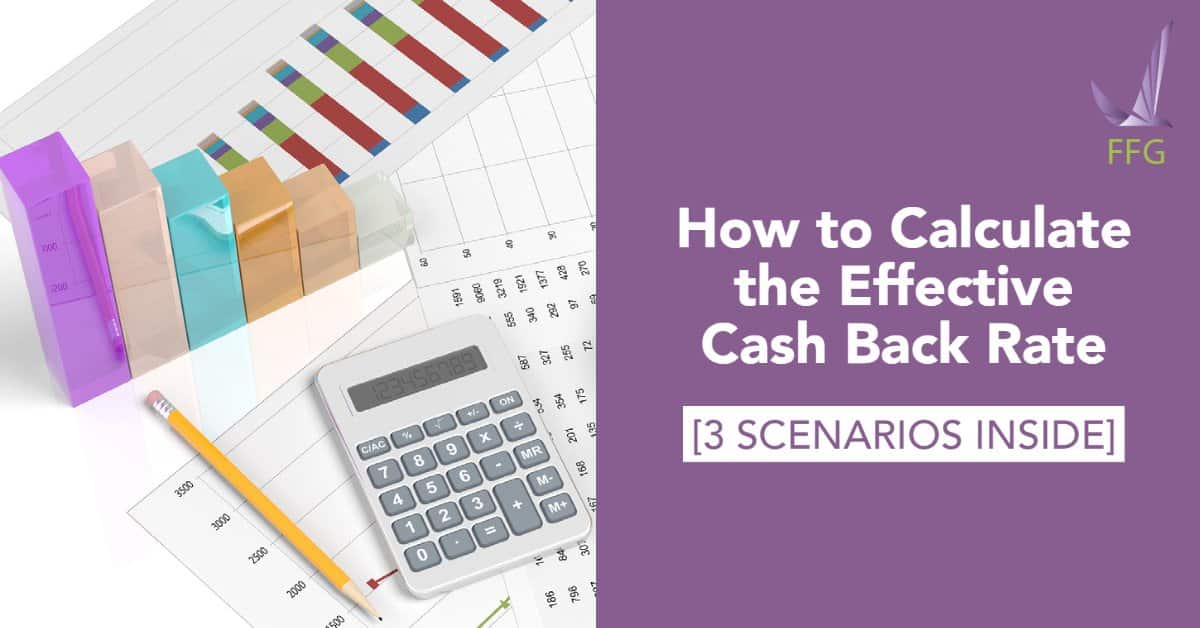5 Wise Steps To Choose an Airline Credit Card

Apply for an airline credit card, and you’ll soon be jetting off to the vacation of your dreams, right? Well, it’s not that simple. Airline credit cards do grant their customers some of the most valuable rewards in the industry. However, not everyone is qualified to get them, and they may not be the best credit cards for your situation. You shouldn’t attempt to get an airline card just to have one. Instead, you should use the same due diligence choosing an airline credit card that you would for any other card.
Table of Contents
What are Airline Credit Cards?
Airline credit cards are co-branded cards between the airline company and a card processing network, like Visa or Mastercard. Sometimes they may also work with a bank or other credit issuer as well. The processing network facilitates communication between the banks and the merchants, for which they are paid a fee. The airline and credit issuer manage the customer relationship. They provide the perks and the bonuses that you earn, and correct customer issues. You earn airline miles through your purchases. Usually, one dollar equals one airline mile, but there may be promotions to earn more miles per dollar. The points are then redeemed based on the airline’s rewards program for free flights. If an airline is part of an alliance, you will be able to use your miles at partner airlines too.
Some people will get more use out of airline credit cards than others. People who travel frequently can get more benefits from their card. Customers who use their card frequently and pay off their bills on time each month will build rewards quickly. If this is you, we suggest that you keep your utilization as low as possible. This will help keep balances manageable and protect your credit score.
Step 1. Decide If an Airline Credit Card Is Right For You
Avoid getting caught up in the marketing hype. Airline credit cards are designed to sound like the amazing solution you need. You should review your travel habits and financial situation to confirm that an airline card is the best option. Some question you should ask yourself:
- Do I have loyalty to a specific airline? You may be part of a formal loyalty program, or you just fly with the same brand all the time. If you can answer yes to this question, choosing an airline card can be beneficial. Combining the loyalty program with the card’s airline miles will boost your rewards. If you have no brand loyalty, a general travel card will be better for you.
- Do I check bags? Most airline cards offer an extra free checked bag. (Southwest Airlines is the exception since they always grant two free bags unless there is an embargo.) A checked bag costs between $25-$35 per flight leg. Airline credit cards offer priority boarding. This is to ensure that there will be space for your carry-on bags in the overhead bins.
- Do I have a good credit score? You need a good credit score to qualify for these cards. This means a score of 690 or higher.
- Do I pay off my bill every month? It’s better not to carry a balance on your card because the debt eats away at any perks you can receive.
Step 2. Figure Out Which Airline You Usually Fly
The best airline credit card for you would come from the airline that you fly with the most. You would also want to select an airline that services nearby airports. If the airline does not fly out of your local airport, find out if any of their alliance partners do. Your credit card points should still work for that airline. The other part of the solution is figuring out where you want to go. The airline you choose should fly to the locations you desire. If you make frequent trips to a city that is also an airline hub, consider that airline’s card.
Step 3. Compare Rewards Programs
Not every airline’s rewards program is equal. There are some common benefits you can expect, like car insurance. You should review the rewards programs of the airline cards that you are contemplating. Make sure that you can access and use the perks. The difficult-to-use programs should be reconsidered as they don’t seem to be worth it.
Step 4. Weigh the Perks Against the Cost
Airline credit cards usually have high annual fees. You should reflect on if this fee is worth the perks of a credit card. There are a few airline credit cards without annual fees. Pay attention to foreign transaction fees. Decide which benefits are essential versus which of them you don’t need.
Step 5. Look At Sign-Up Bonuses
Sign-up bonuses are a great way to boost your points balance. To qualify, you must spend a minimum threshold of the card within the first three months of card ownership. The credit card company rewards you with miles. In general, you should receive enough miles for at least a round trip economy domestic flight. More elite cards offer the miles for a round trip economy international flight.
The average cash value of a sign-on bonus is about $400. You will have to spend $1,388 on average to earn it, according to a ValuePenguin study. Sometimes, you need to spend between $3000-$5000 on your new card to get the sign-on bonus. Those cards also come with the highest annual fees. You must review the sign-up bonus plus the entire program to see if you are getting the best value.
Make the Most Of Your Airline Credit Card
When choosing an airline credit card, make sure you spend the time to review your choices carefully. It is a significant financial decision, and you should verify that you can maximize the value you can receive. If you use the five steps above as a guide, you should make a wise choice.





